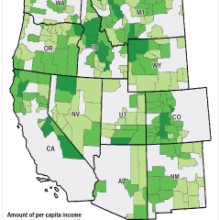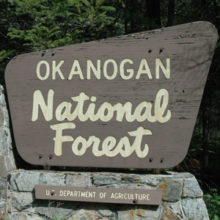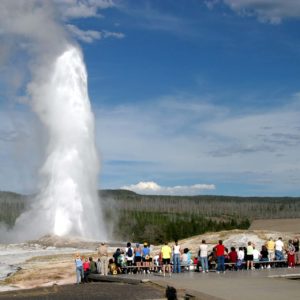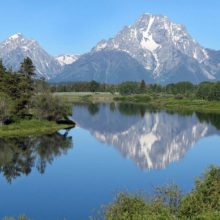- The updated 2017 results—like the earlier studies in 2011 and 2014—found that the local economies surrounding all 17 of the national monuments studied expanded following the creation of the new national monuments.
- Trends in important economic indicators—population, employment, personal income, and per-capita income—increased after creation of the monuments.
- Looking at key economic indicators, two-thirds of the communities adjacent to the national monuments studied (13 of 17), grew at the same or a faster pace compared to similar counties in their state, and four were slower.
- While the results showing continued growth in nearby communities do not demonstrate a cause-and-effect relationship, the findings show that there is no evidence that the new national monuments prevented economic growth.
Headwaters Economics recently updated its research that assesses the economic performance of local communities adjacent to national monuments in the West.
The 2017 results—like the earlier studies in 2011 and 2014—found that the local economies surrounding all 17 of the national monuments studied expanded following the creation of the new national monuments.
This research also includes fact sheets for each monument and a digest of permitted uses for each studied national monument.
Subscribe to our newsletter!
Background: National Monuments Study
In 2011, 2014, and again in 2017, Headwaters Economics analyzed the economies surrounding the 17 national monuments in the 11 western continental states that are larger than 10,000 acres and were created between 1982 and 2001. This approach avoids smaller monuments with little potential to impact local economies, and allows an analysis of economic indicators before and after designation using reliable measures of performance.
The new 2017 analysis updates the economic performance of communities surrounding the selected monuments. While the results showing continued growth in nearby communities do not demonstrate a cause-and-effect relationship, the findings do show that national monuments are consistent with economic growth in adjacent local communities.
Trends in important economic indicators—population, employment, personal income, and per-capita income growth—in each of the regions surrounding the national monuments generally grew following a new monument’s creation. Overall, the updated analysis by Headwaters Economics again found no evidence that designating these national monuments prevented economic growth.
This year, Headwaters Economics also made two new fact sheets for the Organ Mountains-Desert Peaks and the Rio Grande del Norte National Monuments. Created in 2014 and 2013 respectively, these monuments are too new to be included in the before/after impacts analysis but have generated significant public interest.
Findings
Across the board, trends in important economic indicators either continued or improved in each of the regions surrounding the 17 national monuments studied.
All of the 17 areas studied grew after the creation of a new national monument.
Data for per capita income, a widely accepted measure of prosperity, show that this measurement increased for the studied counties adjacent to every national monument in the years following establishment. This rise in personal wealth is significant, particularly in rural areas where average earnings per job are often declining.
The 2017 analysis also compared the economic performance of national monument counties since the turn of the century to similar benchmark counties—either to the Metro or Non-Metro portion of the state where the monument is located.
As in the earlier studies, in most instances the growth in the four key economic indicators—population, employment, real personal income, and real per capita income—was the same or stronger in national monument counties than in comparable peer counties, though this varies by monument. Looking at these four indicators for all 17 national monument regions, 13 grew at similar or faster rates compared to the benchmark and four were slower.
The Headwaters Economics 2017 review confirms that all the regional economies adjacent to the studied national monuments experienced growth following a monument’s designation. National monuments help nearby communities diversify economically while increasing quality of life and recreational opportunities that make communities more attractive for new residents, businesses, and investment.
The study found no evidence that designating these national monuments prevented economic growth. Instead, trends in key economic indicators such as population, employment, personal income, and per capita income either continued or improved in each of the regions surrounding the national monuments.
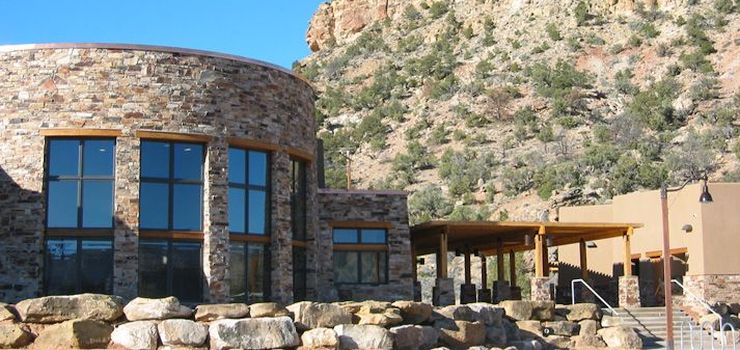
National Monument Fact Sheets
These two-page summaries offer specific economic details for each national monument studied.
As noted earlier, this year’s study includes two new fact sheets for the Organ Mountains-Desert Peaks and the Rio Grande del Norte National Monuments. Created in 2014 and 2013 respectively, these monuments are too new to be included in the before/after impacts analysis but have generated significant public interest.
Additional Resources
Headwaters Economics has developed a number of tools, many of them described below, to help users better understand their local economy and the role of protected public lands.
- Socioeconomic Profiles: the Economic Profile System is a free, easy-to-use software that provides detailed reports at the community, county, or state level.
- National Parks: Visits, spending, and the number of jobs created in gateway communities for every National Park Service Unit.
- Federal Lands in the West: study showing that rural counties in the West with more federal lands or protected federal lands performed better on average than their peers with less federal lands or protected federal lands in four key economic measures.
- Protected Lands and Income: study and interactive showing the amount of per capita income explained by protected federal lands for each county in the non-metropolitan western U.S.
- Economists on Public Lands: more than 100 economists urged President Obama to “create jobs and support businesses by investing in our public lands infrastructure and establishing new protected areas such as parks, wilderness, and monuments.”
- West Is Best: this report finds that the West’s popular national parks, monuments, wilderness areas and other public lands offer its growing high-tech and services industries a competitive advantage.
- The Value of Public Lands: post contains numerous reports, case studies, bibliographies, tools, and research concerning the value of western protected public lands.

